How to Anchor Furniture without Drilling
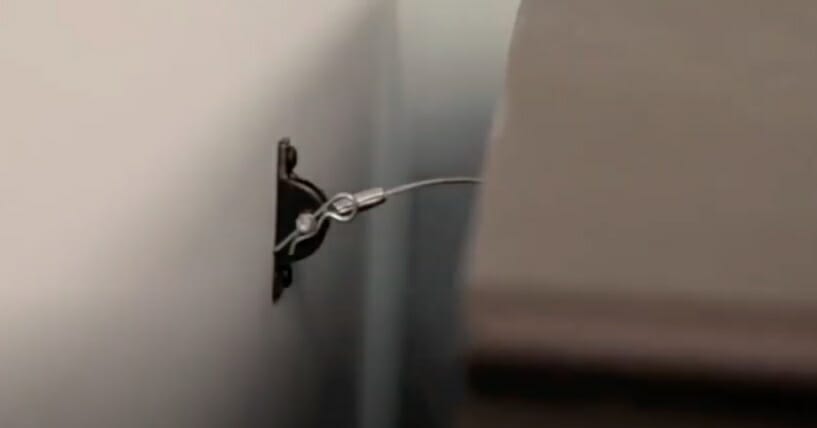
I’ll teach you how to anchor furniture without drilling in this article.
Being a handyman who’s often asked for this, I always prefer to anchor furniture on the walls without drilling to avoid damaging the walls. Children can be restless and playful at home, and our pets are constantly moving around, so you might want to secure your furniture to keep it from moving.
There are several handy techniques that you can employ to secure your furniture:
- Use Floor Brackets
- Using Furniture Wall Straps
- Glue or Adhesive Tape
- Using Command Strips
- Using Anti-tip Kits
- Extra Strong (Heavy-Duty) Furniture Anchors
- Making Use of Self-standing Safety Straps
I will cover more details below.
Use Floor Brackets
One method of anchoring your furniture is to use brackets to secure it to the wall. Floor brackets are extremely adaptable. Apart from supporting furniture, they can also support partition walls. The brackets can be used to secure a non-load-bearing or studless wall.
In addition, if freestanding furniture moves from its original position, floor brackets will prevent it from moving by securing the furniture to the floor.
Because floor brackets have an L-shaped frame, the short arm can be mounted on the floor and the long arm can be attached to the bottom side of the furniture with a threaded fastener.
Threaded fasteners will secure the long arm to the furniture’s side and the short arm to the floor.
Using Furniture Wall Straps
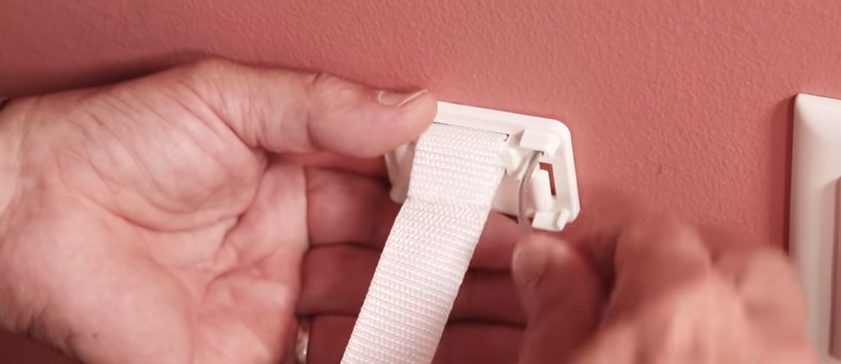
Almost every home nowadays has a flat-screen television. Wall straps help secure these pricey items.
Procedure
Step 1. Because wall straps have two sides, you must attach one end to the furniture.
Step 2. Glue the other end to a sturdy base, such as a wall.
The straps will only be noticeable from the side because they are attached to the back of the furniture.
Glue or Adhesive Tape
Using adhesives to secure furniture to the wall without drilling holes can be a good option. It is also useful when working on a plaster wall.
Because it is difficult to drill a stud into a plaster wall, using a screw is not a good option. An adhesive furniture anchor attaches furniture to the wall much faster and with fewer technical skills than a screw.
There are adhesive furniture anchors that leave no adhesive residue.
How to Anchor Furniture with Adhesive Tape
Step 1. Create marks on the wall with a pencil to get a good idea of where you intend to install the furniture.
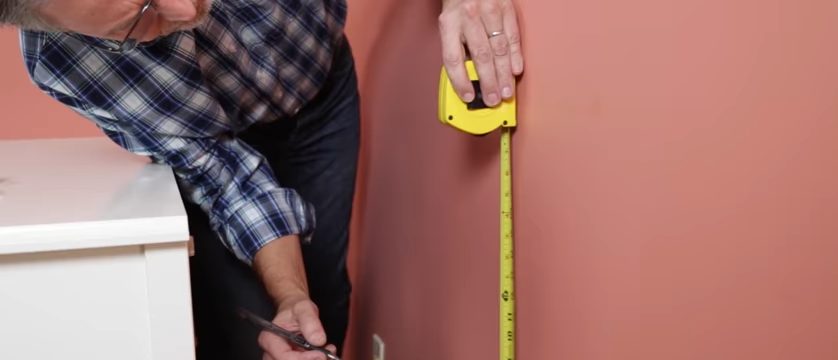
Step 2. Clean the area and apply your adhesive tape at the back of the anchored furniture.
Step 3. Apply it firmly to the wall and leave it for at least 24 hours to allow it to adhere properly.
How to Anchor Furniture using Glue
Step 1. Apply urethane glue to the top of the hook that will be hung. Let the applied glue dry completely for about 24 hours.
Step 2. Set up a system that connects the required furniture to the mounted parts. Steel cables, Velcro straps, or plastic ties can be used for this.
This technique, however, may not protect your furniture in the case of a natural disaster. For example, if the furniture is top-heavy, it may necessitate drilling into the back or gluing hardware.
It is ideal to use glue to determine the stability of the brackets and joint system.
Using Command Strips
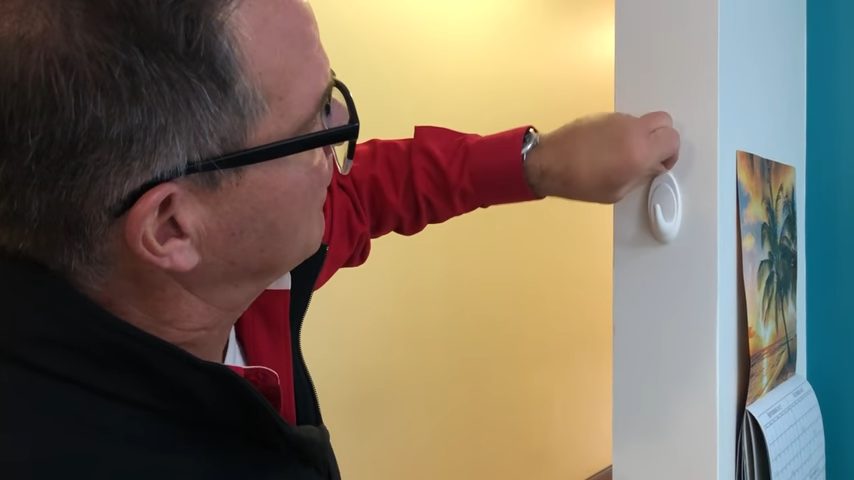
Command strips are great for securing your furniture. They are simple and come in various colors to complement your home decor.
Aside from vinyl, command strips are suitable for use on any surface, including wood and cement.
They are available in various sizes depending on the area to be covered. The steps below will help:
Step 1. Choose an appropriate surface and indicate where you want the furniture to be anchored.
Step 2. After that, wipe the strips with rubbing alcohol before actually sticking them to the wall.
Step 3. Finally, secure your furniture with the command strip.
Using Anti-tip Kits

Weight Overload, falling over, and earthquakes are all risks and threats to furniture. Anti-tip kits are another option for replacing screws.
Anti-tip kits can help secure furniture to the wall and prevent accidents and damage to the furniture. They are specially designed and developed to endure the heavy weight of the furniture; they secure it firmly and hinder it from falling.
The anti-tip kits are completely screw-free and can easily secure the furniture to a wall.
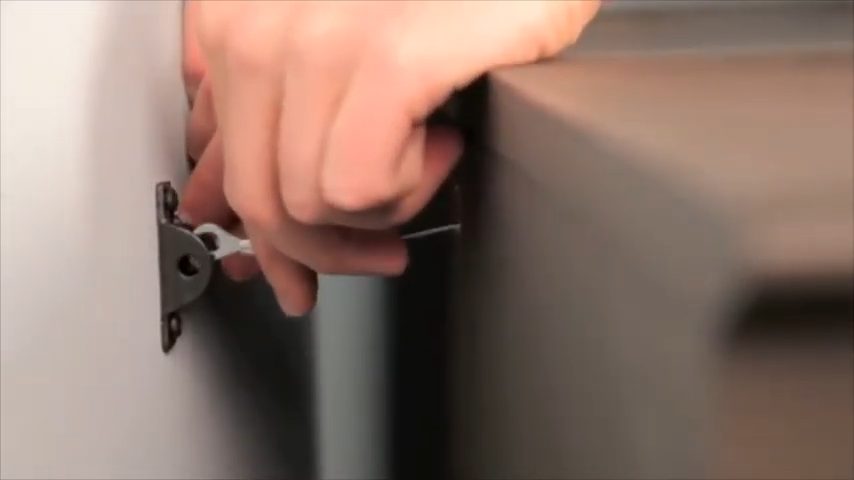
Make Use of Self-standing Safety Straps
You can still avoid using furniture that requires wall anchoring. Use a free-standing piece of furniture instead. If you want a bookshelf but don’t want to drill, consider a free-standing bookshelf.
You can put as many weights as you want on it and place it wherever you want.
Average Strength Furniture Anchors
Furniture anchors are metal and simple to install. They allow for the anchoring of large furniture such as bookcases or any other furniture weighing less than 400 lbs.
The table won’t be moved once it has been secured to the uprights. These anchors, however, come with steel pin kits. These are quick releases that allow adults to move a piece of furniture quickly if necessary. They are also easy to set up.
Extra Strong (Heavy-Duty) Furniture Anchors
These anchors are bolted together with steel cable supports. Their maximum weight is 1000 lbs.
Frequently Asked Questions — FAQs
When Is It Appropriate to Anchor Furniture?
If you live in an area susceptible to dangerous earthquakes or other natural disasters or if you have children, anchoring your furniture is essential.
If the furniture is freestanding, it is not necessary to anchor it. However, for added security and peace of mind, anchor your furniture.
Is It Necessary to Secure Furniture to The Wall?
Since furniture like dressers, bookshelves, and TVs can fall and break, anchoring your furniture is great. It will not only protect your furniture from damage, but it will also keep it securely in place. And that will ensure that you, your children, or your dog stay safe.
Is It Possible to Anchor Furniture without A Stud?
Fortunately, locating studs to secure furniture is not necessary. To secure the brackets to a wall, several wall anchors can be used. Your first choice should be an extendable metal wall anchor. It is the most basic and intuitive to use.
Is It Necessary to Attach a Bookcase to The Wall?
Securing a bookcase to a wall is not considered necessary, but it’s recommended — particularly if the bookcase is tall.
Is It Necessary to Anchor All Dressers?
You may choose to anchor your dresser based on personal preference or design.
It is best to anchor the dresser if you have children or pets.
What matters is that your dresser does not cause an unstable weight distribution or fall over.
What Prior Knowledge Do I Need Before Considering Certain No-Drill Techniques?
Before choosing a no-drill method to secure your furniture, find:
– The type of furniture you have
– The weight of your furniture
– Availability of pets and toddlers (children)
– And the nature of your wall
That way, you will know which technique to employ to secure your furniture.
Wrapping Up
You can avoid furniture accidents in your home by using the schemes described above. No curious child will be injured while playing on furniture this way.
You just have to look for the materials needed for the chosen technique. You should carefully consider what will be the anchor furniture in your home. This allows you to put even tall furniture where it’s out of reach of children and pets.
Allow no limitations to arise when repairing furniture. Almost any piece of furniture can be secured in some way.
Also, some leases prohibit tenants from drilling holes in the walls.
Take a look at some of our related articles below.
- How to get nail out of wall without hammer
- What gauge wire for light fixture
- How to screw into concrete wall without drill
Video References
Regal Lager
Outwater Industries, Inc.
Ace Hardware
